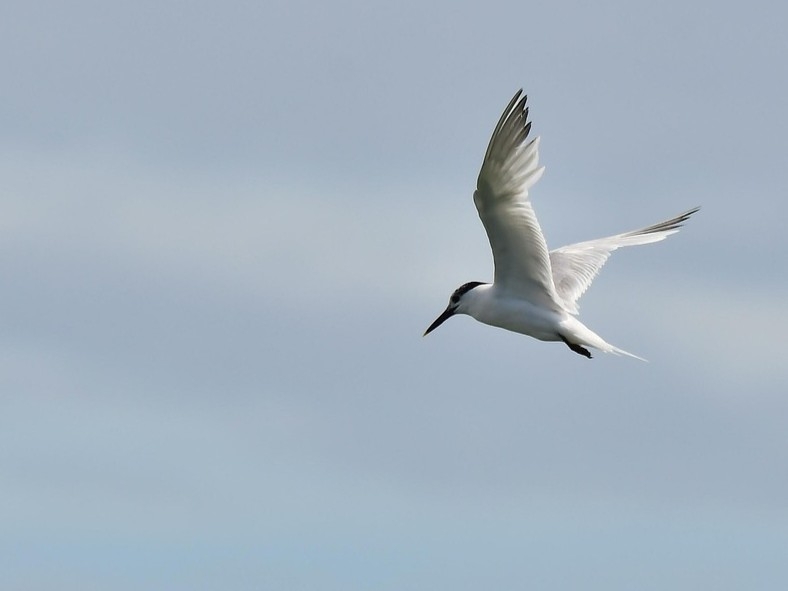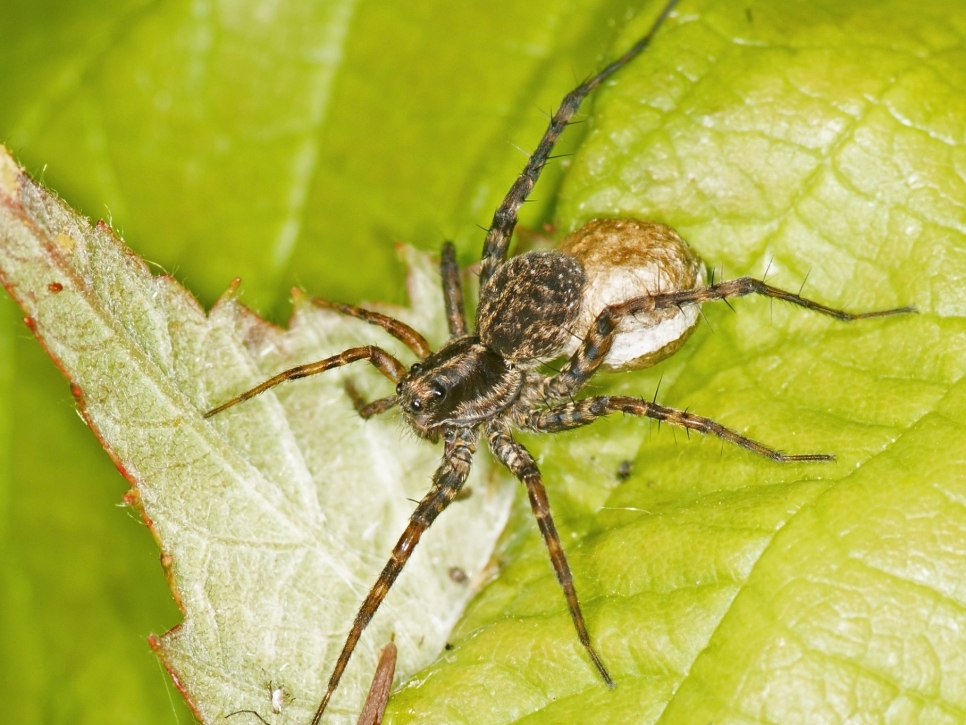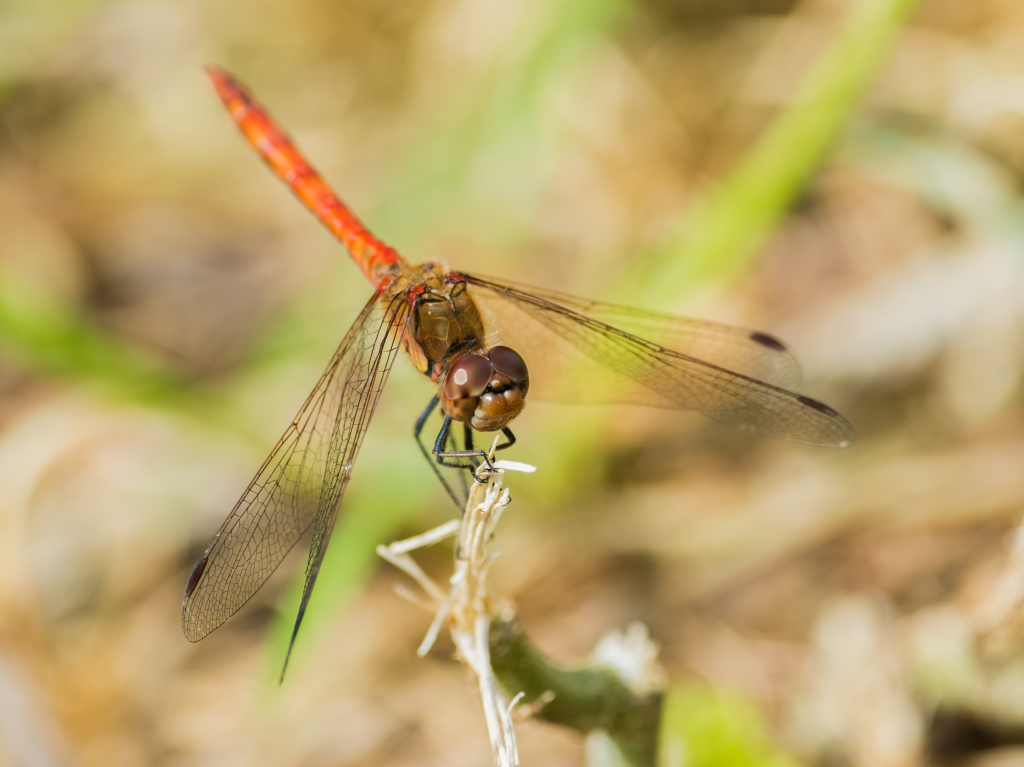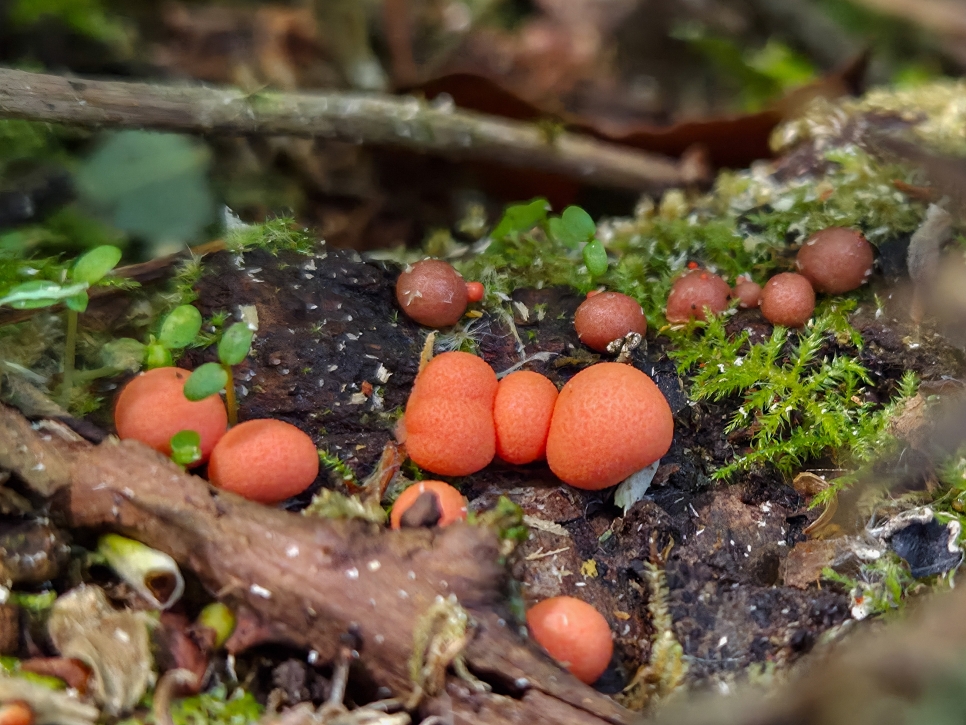Recent Sightings (31st March-3rd April)

British Steel Hide
Some 8m+ high tides have flooded the saline lagoons during the past few days leaving very few roosting spots for our waders. Despite this, there are were still a good amount to be found around the edges of the lagoons. The highest count of Redshank for at least four years clocked in at 647. Other waders have included an Avocet (1st), 231 Black-tailed Godwits, a Bar-tailed Godwit, c.100 Knot, 3 Dunlin and a Lapwing. Wildfowl have included 71 Teal, 20 Wigeon, 15 Gadwall, 27 Tufted Ducks, 2 Pochard, 2 Pintail and 5 Shoveler. 8 Sand Martins passed west on the 2nd, and a couple of reports of 4 Spoonbills have been coming in. Although only three were present on the 3rd. Four Little Egrets, a Grey Heron, two Mediterranean Gulls, a Peregrine, a Buzzard and 3 Great Crested Grebes have also been seen from the hide.
Millennium Wetlands
There are good numbers of Willow Warblers and Chiffchaffs now on the reserve, mainly in the 'northern loop'/fishing platform area. The first Blackcap of the year was in the same area on the 2nd. Two Sand Martins were also seen over the eastern scrapes on the 2nd. A few lingering Redwings can still be found around the fishing platforms and a Green Woodpecker has been showing nicely by the Peter Scott Hide. Pochard numbers are still high on the Deep Water Lake with 18 still present on the 2nd, as well as 5 Teal, 5 Gadwall and the female Ring-necked Duck (3rd), which has been present for just under four months. Mixed flocks of waders are now regular on the Deep Water Lake, usually consisting of Black-tailed Godwits, Knot, Redshank and the odd Dunlin. Around 8 Lapwing are still on the main island of Deep Water Lake and are very territorial, mobbing any crows that decide to fly over.



